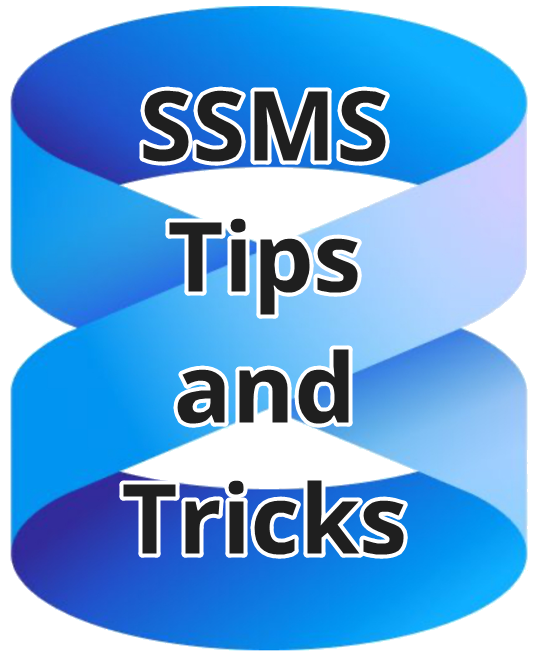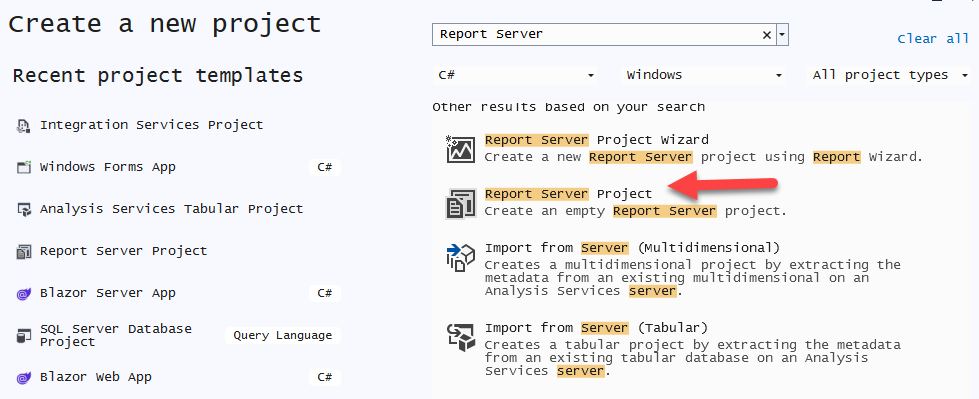
SSMS Tips and Tricks 2-3: Import and Export settings
Whenever I need to work on a new laptop or server, or whenever I change versions of SQL Server Management Studio, I kick myself for not remembering to export my settings, so I can import them again.
I spend quite a bit of effort getting SSMS configured the way I want, so it only makes sense to save the settings. Saving them isn’t perfect but it’s far better than not having done it.
2025-06-06





